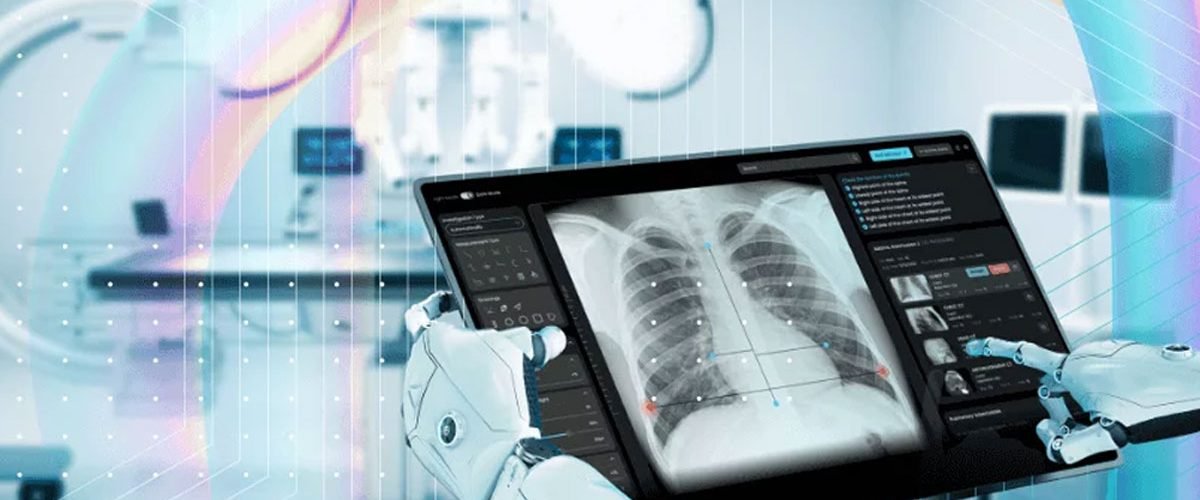Clinical imaging stands at the forefront, transforming patient care, diagnosis, and treatment strategies. From early detection of diseases to monitoring therapeutic responses, imaging technologies provide invaluable insights that guide clinical decisions. This article explores the critical role of clinical imaging in modern healthcare and highlights how specialized imaging core labs contribute to smarter decision-making.
Table of Contents
The Evolution of Clinical Imaging
Clinical imaging has undergone remarkable advancements over the past few decades. Traditional modalities like X-rays and CT scans have been complemented by sophisticated techniques such as magnetic resonance imaging (MRI), positron emission tomography (PET), and functional imaging methods. These technologies enable healthcare professionals to visualize internal structures and functions with unprecedented clarity, facilitating accurate diagnoses and personalized treatment plans.
Enhancing Diagnostic Accuracy
Accurate diagnosis is the cornerstone of effective treatment. Clinical imaging enhances diagnostic precision by providing detailed images that reveal the extent and nature of diseases. MRI scans, for example, can detect subtle changes in brain tissue, aiding in the early diagnosis of neurological disorders. Similarly, PET scans are instrumental in identifying cancerous tissues, allowing for timely intervention and more effective treatment planning.
Personalized Treatment Planning
With advanced imaging techniques, clinicians can tailor treatment plans to individual patients. Functional imaging, such as functional MRI (fMRI), assesses brain activity, enabling the development of personalized rehabilitation strategies for stroke patients. In oncology, imaging guides the selection of targeted therapies by identifying specific tumor characteristics, improving treatment effectiveness while minimizing side effects. This personalized approach ensures that each patient receives care suited to their unique needs.
Monitoring Disease Progression and Treatment Response
Continuous monitoring through clinical imaging is vital for assessing disease progression and evaluating the effectiveness of treatments. Serial imaging studies allow clinicians to track changes over time, providing objective data that inform clinical decisions. For instance, in cancer therapy, imaging helps assess tumor shrinkage or growth, guiding adjustments in treatment protocols. This real-time feedback loop ensures treatments remain effective and patient outcomes are optimized.
The Role of Imaging Core Labs in Clinical Trials
Imaging core labs (ICLs) play a pivotal role in clinical research by standardizing imaging protocols and ensuring the quality and consistency of imaging data across multicenter trials. These specialized facilities offer expertise in various imaging modalities, providing critical support in the assessment of imaging biomarkers.
Perceptive.com exemplifies such expertise, delivering high-quality imaging data at a global scale. Their services encompass a wide range of therapeutic areas, including oncology, neuroscience, and radiopharmaceutical therapy. By integrating advanced imaging technologies and standardized protocols, ICLs enhance the reliability of clinical trial outcomes, supporting regulatory approvals and the development of new therapies.
Artificial Intelligence: Transforming Imaging Analysis
The integration of artificial intelligence (AI) into clinical imaging is revolutionizing the field. AI algorithms can analyze vast amounts of imaging data rapidly, identifying patterns that may be imperceptible to the human eye. This capability accelerates the diagnostic process and improves accuracy, particularly in complex cases. Additionally, AI enhances the efficiency of imaging workflows, reducing the workload on radiologists and allowing for more timely interventions and improved patient care.
Future Directions in Clinical Imaging
The future of clinical imaging is poised for further innovation. Advancements in AI, machine learning, and imaging technologies promise to enhance diagnostic capabilities and treatment personalization. Additionally, integrating imaging data with electronic health records and other clinical information systems will facilitate a more holistic approach to patient care. As these technologies evolve, clinical imaging will continue to be a cornerstone in the delivery of high-quality healthcare, supporting smarter decision-making at every stage of patient management.
Improving Patient Outcomes
Clinical imaging has transformed from a simple diagnostic tool into an integral component of patient care and clinical research. Its ability to provide detailed, real-time insights into the human body enables healthcare professionals to make informed decisions, leading to improved patient outcomes. The collaboration between advanced imaging technologies and specialized imaging core labs, such as those offered by Perceptive, underscores the importance of expertise and standardization in clinical trials. As healthcare continues to evolve, clinical imaging will remain at the forefront of smarter healthcare decisions, driving progress in both clinical practice and research.





